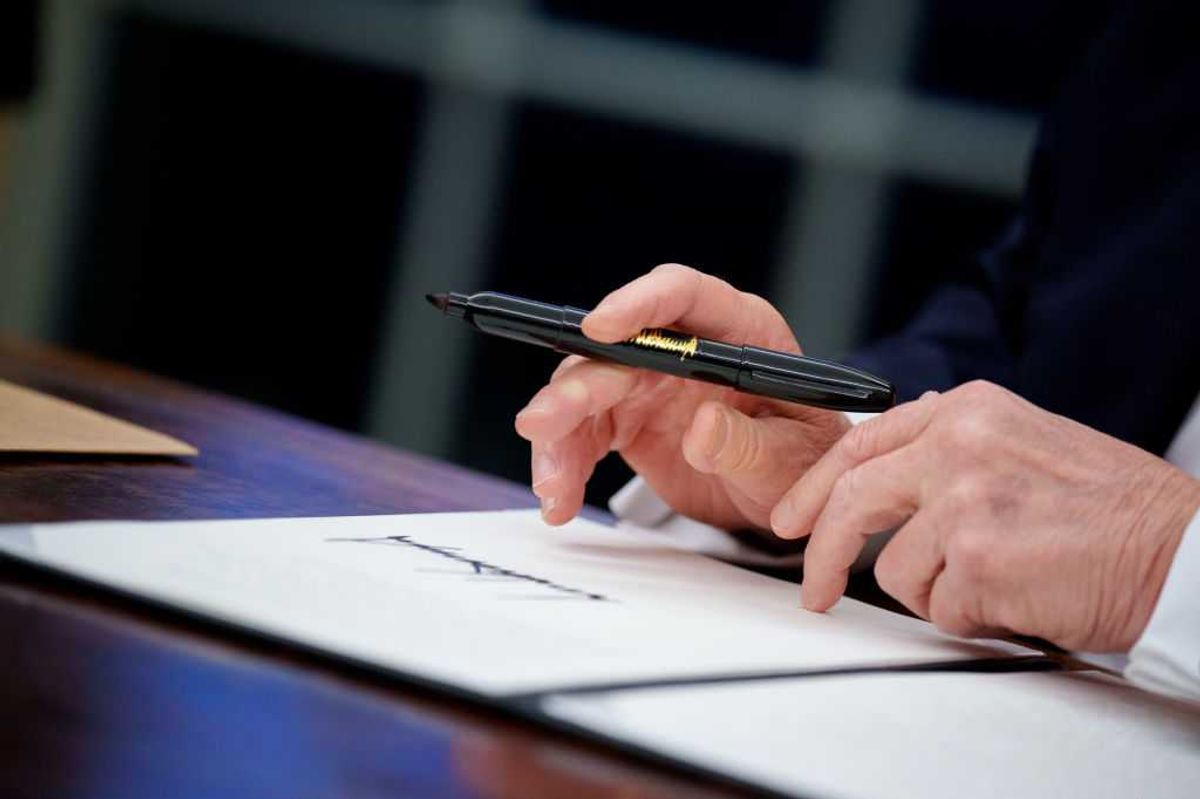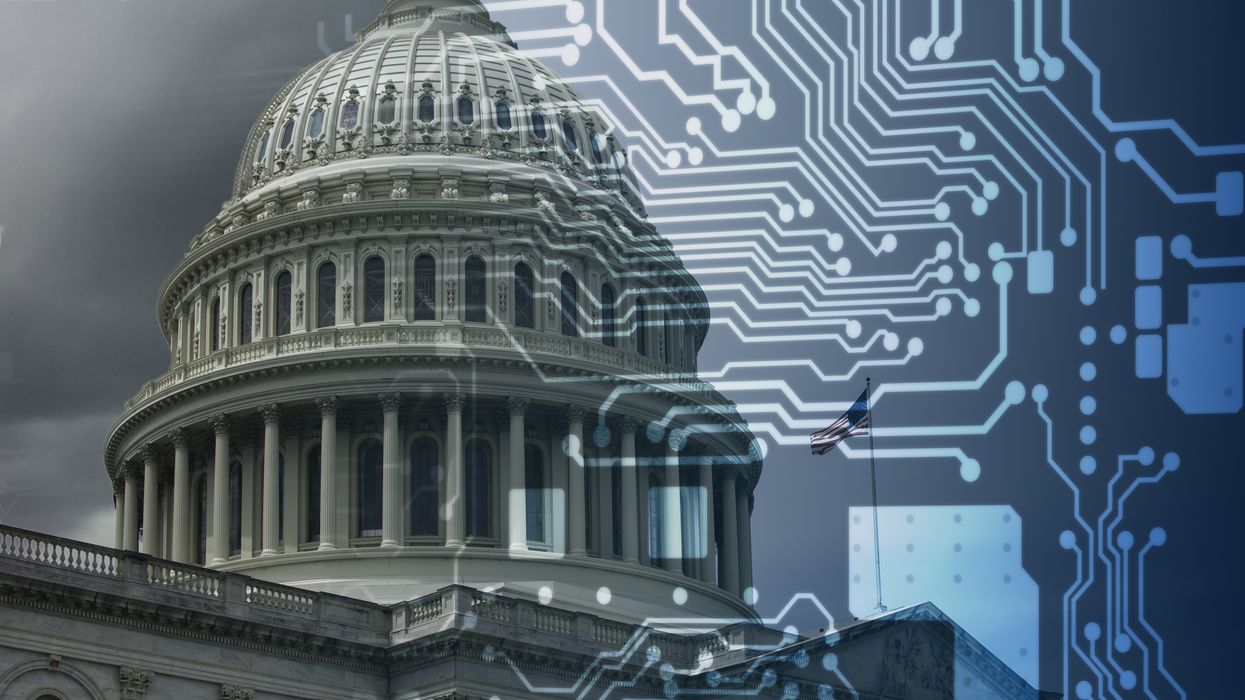D'Angelo is founder of the Congressional Research Institute, which investigates legislatures and institutional reforms with an eye toward improving representation.
Rank-and-file members of Congress are unhappy. In both chambers, leadership cuts them out of the amending process via an array of parliamentary tricks like "closed rules" and "filling the tree."
Frustrated, the members readily direct their anger at the top brass. But this is a mistake. The real culprit is transparency – weaponized transparency that grew out of congressional sunshine reforms a half-century ago.
With enactment in 1970 of the Legislative Reorganization Act, Congress switched, almost overnight, from being one of the most secretive of institutions to one of the most transparent.
In the wake of these reforms there was an immediate uptick in partisanship, anger and a startling rise of chamber deliberations on hot-button issues.
The logic for this is clear. Taking advantage of the novel ability for any member to call for a recorded vote, rank-and-file minority members were suddenly able to take public potshots at leadership. And they did so with frequency – significantly driving up the number of votes pushed to the floor.
Before 1970, all committees on appropriations, taxation, trade, etc. were closed-door affairs. No transcripts were delivered to the public. And the lobbyists (the few that there were) were obliged to wait in the lobby.
The most significant change, however, was that amendments were first voted on in the Committee of the Whole. Before 1970, this was a secretive committee made up of all House members – and imbued with the power of rejection, but not passage. The flame-throwing amendments were dispatched in secret. But amendments adopted received a public vote on the floor.
This calming layer of secrecy was essential.
The 1970 law forced the Committee of the Whole into the sunshine. For the first time, any member could force any other member to cast a public vote on any issue. And junior members squeezed leadership into difficult spots, forcing repetitive public votes on things like abortion, busing and school prayer.
The increase in transparency brought two marked changes: a substantial increase in the number of issues debated, and a seismic increase in what is euphemistically known as "messaging."
Among members, the lexicon is less polite. Messaging is often referred to as "plundering schemes" or "bomb-throwing." And the amendments are referred to as "gotchas," "November amendments," "poison pills" etc.
The more colloquial names unveil malicious intent. "Gotchas' are not written to improve legislation but to gum up the works or extract maximum political pain, driving members apart.
Some mistakenly claim this onslaught of weaponized amendments was an unforeseen consequence of sunshine. But the dynamic was investigated by the Framers. Alexander Hamilton insisted on secrecy specifically to limit animosity. Had members crafted legislation in sunshine, he wrote, "much food would have been afforded to inflammatory declamation." James Madison agreed.
To limit partisan anger, the Framers employed rules of secrecy in the Constitutional Convention and placed a right to legislative secrecy in Article I.
But in the hearings and debates leading up to the 1970 law, the ideas of the Framers were overlooked. Worse, the spirit of the Constitution was scorned.
Future Speaker Tip O'Neill brandished legislative secrecy like a form of profanity, calling the secret amending process a "cowardly system." And no one references the Constitution.
But think of the difference. Unlike the 1970 reformers, Hamilton spoke from experience. In debates over the Articles of Confederation, he suffered through heated sessions of public debates. Contrast this to O'Neill who had spent his early career sheltered by a process permitting calming secrecy.
Looking back, the data is unequivocal. It leans heavily in favor of Hamilton. O'Neill claimed the changes would result in no more than 15 additional roll call votes a year. By 1978 the number had soared to 900.
Political scientist Steven Smith was the first to investigate this dynamic. "Frustration with floor amending activity reached the boiling point," he wrote in "Call to Order." "Deals struck in committee came unglued when the parties were forced to cast recorded votes on unanticipated floor amendments. Reelection prospects could change as members were forced to cast repeated recorded votes on divisive issues."
Smith recounts the 1979 efforts of one member to stem the tide. Exasperated with the endless bomb-throwing, Democrat John LaFalce of New York penned an irate letter to leaders imploring them to implement "modified" open rules – where "modified" was essentially a euphemism for "closed."
"Some will cry out that the Leadership is trying to institute 'gag rules,' he wrote, but "without relief of some kind, we won't be able to do the jobs for which we were elected."
Today, it is hard to imagine any member reading that letter without squirming. Decades ago, LaFalce proposed to "fix" the House by neutering the input of the rank and file. Worse, a beleaguered leadership had little choice but to comply.
But LaFalce's plan proved to be a tragic mistake. Open amending had been an integral part of Congress since inception. It empowered the rank and file and it allowed the chamber to test novel ideas. (A group of congressional scholars recently included a return to pre-1970 rules as part of a broader reform package.)
If LaFalce had looked at data or queried the Framers, he would have seen the amending problem lies with transparency, not openness. Even a modern-day, pro-transparency reformer might notice the same. The surge in votes surely creates more data for the public to scrutinize, but it is the opposite of information.
Today's congressional record is littered with the fingerprints of warfare, misinformation and grandstanding. There are legions of votes on hot-button issues that drive mistrust, partisanship and cynical responses from the press. There are potshots at leaders who, in order to pass legislation, heed the words of LaFalce and close down the process.
The only thing missing in the data is a clean record of a member's intentions. In short, the only thing missing is pertinent information.
Discussing the secrecy of the Constitutional Convention, Hamilton wrote that more transparency would have guaranteed "the clamors of faction would have prevented any satisfactory result."
But because of Tip O'Neill and John LaFalce we have replaced a proven open amending process with an unproven transparent one. Are the results satisfactory? Hardly. Leadership is unhappy. The public is unhappy. The rank and file is unhappy.
If we revert to closed committees, partisan anger will slowly revert to pre-1970 levels – the lowest in history. Gotcha votes can be avoided. And a relieved leadership can re-open the amending process.
For their part, citizens will see far less anger, far fewer hot-button flare-ups and far less data. But ironically, via secrecy, we will enjoy far better information.



















